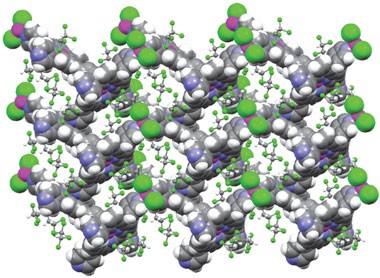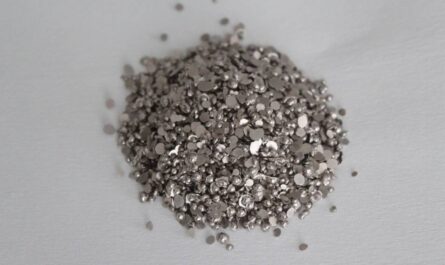Polymer stabilizers play a crucial though often overlooked role in the plastics production process. Without proper stabilization, plastic products would degrade prematurely when exposed to environmental factors like heat, light and oxygen.
What are polymer stabilizers?
Polymer Stabilizers are chemical compounds added to plastics to protect them from deterioration during manufacture, processing, storage and end use. They work by inhibiting or preventing unwanted chemical reactions like oxidation, thermal degradation and photo-degradation that can damage polymer chains over time. The two main categories of stabilizers are antioxidants and UV absorbers.
Antioxidants are added to inhibit oxidation, which is one of the primary degradation mechanisms for most plastics. Oxidation occurs when oxygen molecules in the air interact with and break the long molecular chains that give plastics their strength and durability. Common antioxidant stabilizers include hindered phenols, phosphites and thioesters.
UV absorbers, also called UV stabilizers, prevent or reduce damage from ultraviolet radiation in sunlight. UV rays can break molecular bonds and create harmful free radicals leading to embrittlement, discoloration and cracking. Popular UV absorbers include benzotriazoles, benzophenones and hydroxyphenyl-triazines.
Why are polymer stabilizers needed?
Without stabilization, plastics simply would not last long in end use applications. The environmental exposures polymers encounter during use, transport and storage would break them down too quickly. A few key reasons polymer stabilizers are essential:
– Oxygen and heat are universally present whenever a plastic is processed, formed or used. Oxidation and thermal degradation would compromise performance without antioxidant protection.
– Exposure to UV light is unavoidable for any exterior or transparent plastic application. UV rays penetrate surfaces and wreak molecular havoc.
– Mechanical stresses like flexing, impact and abrasion put additional strain on molecular bonds already weakened by oxidation or photodegradation.
– Manufacturing processes like extrusion, injection molding and thermoforming subject raw plastic to high temperatures and shear forces that promote degradation.
– Extended storage of raw plastic resins and molded parts before use still risks uncontrolled oxidation if not stabilized.
Without robust stabilization, the functional life of common plastics would be measured in weeks rather than the decades stabilization enables. Properly formulated stabilizer packages are critical to the viability of the plastics industry.
How polymer stabilizers work
Antioxidants and UV absorbers inhibit degradation through different chemical mechanisms:
– Antioxidants terminate destructive oxidation chain reactions by donating hydrogen atoms, chelating pro-oxidant metal ions or scavenging oxidizing free radicals before they damage polymer chains.
– Hindered phenols are widely used as primary antioxidants thanks to their excellent hydrogen donation abilities.
– UV absorbers stabilize polymers by absorbing harmful UV wavelengths, preventing photons from interacting with and breaking molecular bonds in the plastic substrate.
– Some UV absorbers like benzotriazoles function via physical quenching mechanisms that stabilize excited electron states.
Stabilizer packages often contain multiple complementary antioxidants and UV stabilizers to provide layered protection against multiple degradation pathways. Proper formulation is critical to achieving the required stability for different resin types and end uses.
Testing and regulations for polymer stabilizers
To ensure stabilized plastics perform as intended, stabilizer manufacturers conduct rigorous testing:
– Accelerated weathering tests expose samples to concentrated UV, heat, moisture and other Weatherometer conditions far exceeding real world exposures.
– Thermaloxidative stability is assessed in horizontal and vertical burning tests as well as isothermal microoxidation methods.
– Migration testing evaluates the potential for stabilizers to leach from parts over time.
– Toxicology assessments evaluate any potential health or environmental impacts.
Major regulatory bodies like the EU REACH program and U.S. FDA heavily scrutinize stabilizers used in food packaging and consumer goods to ensure long term safety. Meeting these standards is essential for commercial approval and customer acceptance of new stabilizer technologies.
Future opportunities in polymer stabilization
As resin composition grows more complex with engineered plastics and bioplastics, developing stabilizers tailored for new materials presents an opportunity. Synergistic multifunctional stabilizer blends offer potential efficacy gains over standalone compounds too. More environmentally-friendly “green stabilizers” aim to supplement or replace traditional petrochemical stabilizers as well. Overall, polymer stabilization innovation remains vital to enabling new plastic applications and ensuring the sustained performance society demands from modern plastics.
*Note:
1. Source: Coherent Market Insights, Public sources, Desk research
2. We have leveraged AI tools to mine information and compile it




